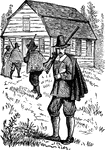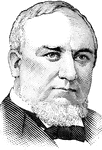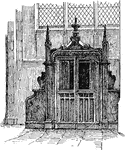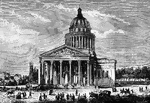
Battle of Poplar Spring
"Grant's movements south of the James- Battle of Poplar Spring Church- gallant charge of a part of the…

Battle of Poplar Spring Church
"Grant's movements south of the James- Battle of Poplar Spring Church- the Ninth Corps passing Poplar…

Front Royal
"Front Royal, Manassas Gap Railroad, Blue Ridge Mountains in the distance- the Federal army entering…
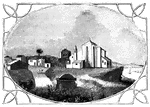
Palos
View of Palos. The pile of buildings in this view, standing upon the bluff, is the ancient Church of…
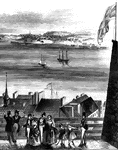
Point Levi
View of Point Levi from Durham Terrace, Quebec. This sketch is taken from Durham Terrace, near the north…
Cascades
The Cascades, on St. Ann's Rapids. These rapids are so called from the cirumstance that a village of…
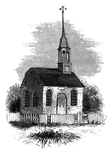
Caughnawaga Church
Caughnawaga church. This old church, now (1848) known as the Fonda Academy, under the management…

Old Parsonage and Church
Old Parsonage and Church. This view is from the high plain on the right of the block-house, looking…
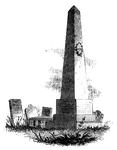
Caldwell's Monument
Caldwell's monument. The following are the inscriptions upon the Caldwell monument: East Side: "This…
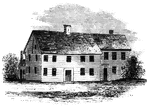
Buckley House
The Buckley House. This building stood upon the eastern side of the Green, fronting the church. It was…
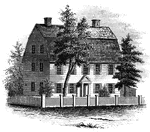
Webb House
The Webb House. This house is still standing (1848), in the central part of Wethersfield, a few rods…
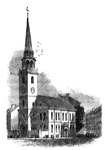
Old South
"The Old South. This venerable and venerated edifice, that stood through all the storms of the Revolution,…
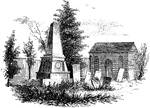
Paulding's Monument and St. Peter's Church
"Paulding's Monument and St. Peter's Church. The site of this church and the grave-yard was a gift of…
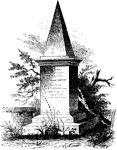
Wayne's Monument
General Anthony Wayne's monument at St. David's Episcopal Church, Radnor, Pennsylvania.
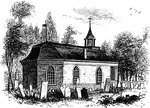
Sleepy Hollow Church
"Ancient Dutch Church in Sleepy Hollow. This view is from the church-yard, looking southwest. The porch…
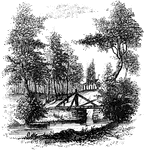
Sleepy Hollow
"Bridge over Sleepy Hollow Creek. Ichabod, according to Irving, in the Legend, returning from…
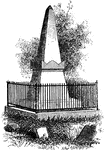
Van Wart's Monument
"Van Wart's monument. The following are the inscriptions upon this monument: North Side: 'Here repose…

Woodhull's Monument
"Woodhull's Monument. This monument stands on the south side of the church. It is of white marble, about…
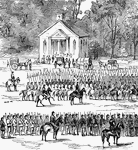
Battle at Willis Church
"Battle at Willis Church, Monday, June 30th, 1862- the Federal forces, under General Heintzelman, engaged…
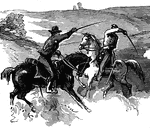
Old Church
"Desperate skirmish at Old Church, near Tunstall's Station, VA., between a squadron of the Fifth United…

Old Church
"Desperate skirmish at Old Church, near Tunstall's Station, VA., between a squadron of the Fifth United…
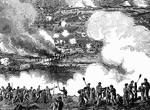
Battle of White Oak Swamp Bridge
"Battle of White Oak Swamp Bridge, Monday June 30th, 1862- Ayres's, Mott's and Randall's batteries checking…

Battle of White Oak Swamp Bridge
"Battle of White Oak Swamp Bridge, Monday June 30th, 1862- Ayres's, Mott's and Randall's batteries checking…
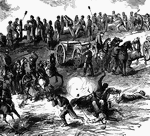
Battle of White Oak Swamp Bridge
"Battle of White Oak Swamp Bridge, Monday June 30th, 1862- Ayres's, Mott's and Randall's batteries checking…
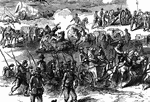
Battle of White Oak Swamp Bridge
"Battle of White Oak Swamp Bridge, Monday June 30th, 1862- Ayres's, Mott's and Randall's batteries checking…
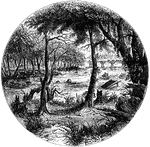
James River
"Scene on the James River, at Richmond. This view is from a long shaded island extending up the river…

Jamestown Island
"Distant view of Jamestown Island. This view is from the north side of what was once a marsh, but now…
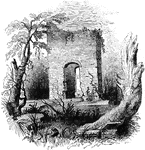
Jamestown Ruins
"Ruins at Jamestown. This view is from the old church-yard, looking toward James River, a glimpse of…
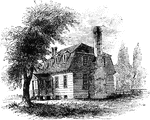
Moore's House
"This is a view from the lawn, looking south. It is a frame building with a brick foundation. At the…

Abat-vent
"A vertical series of sloping roofs or broad slats, inclined outward and downward, forming the filling…

Abat-voix
"A sounding-board over a pulpit or rostrum, designed to reflect the speaker's voice downward toward…
!["View from the site of Fort Cornwallis. Fort Cornwallis occupied the ground in the rear of the Episcopal church, now a grave-yard. This view is from within the inclosure, looking northeast, and includes a portion of Schultz's bridge, the Savannah River, and Hamburg upon the opposite bank. In the foreground is seen portions of the church-yard wall, and upon the brink of the river below are [African Americans] employed in placing bales of cotton upon the wharves for transportation to the sea-coast. The wharves are two stories in height, one to be used at low water, the other when the river is 'up.' There were remains of the ditch and embankments of the fort within the grave-yard when I was there; and the trench leading to the water-gate, where the 'Pride-of-India tree is seen, was very visible."—Lossing, 1851](https://etc.usf.edu/clipart/14100/14143/ft-cornwalli_14143_mth.gif)
Fort Cornwallis
"View from the site of Fort Cornwallis. Fort Cornwallis occupied the ground in the rear of the Episcopal…

Canterbury Cathedral
"Canterbury Cathedral, which was a key place during the contest with King John. In the quarrel with…
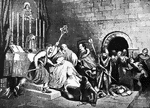
Death of Becket
"Death of Becket. During the early years of the reign Thomas A. Becket, as the king's chancellor, had…

Martin Luther
"Martin Luther was born at Eisleben in 1483. He was the son of a poor miner, had entered the Augustinian…
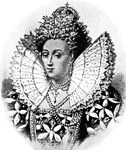
Queen Elizabeth
"Queen Elizabeth was the daughter of Henry VIII, by Anne Boleyn. Her reign is one of the most remarkable…
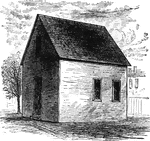
Salem Church
First Church in Salem, when in 1631, Church and State were made one, and the goverment a theocracy.
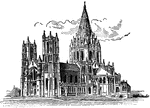
Cathedral of St. John the Divine
"A Cathedral is the principal church of a diocese, and the Cathedral city is the seat of the bishop…

Parthenon
"The Parthenon is a celebrated temple at Athens, consecrated to Athena or Minerva, the protectress of…
Pastoral Staff
"The Pastoral Staff is, in the Roman Catholic Church, the official staff of a bishop or abbot. The pastoral…
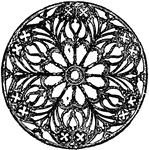
Rose Window
"A Rose Window is a circular window, divided into compartments by mullions and tracery radiating from…
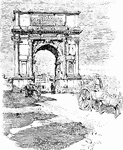
Arch of Titus
"In the time of Trajan, the Arch of titus and the Colossus of Nero (a gilt bronze statue 120 feet high),…
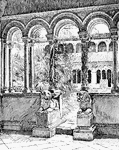
Cloister of the Lateran
"The Benedictine system enjoined three virtues as essential; solitude, humility, and obedience." —…
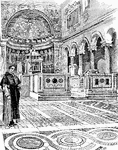
Interior of San Clemente
"San Clemente is an excellent example of the primitive church. The side enterance generally used is…
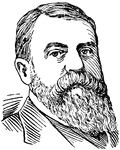
Dwight Moody
An American evangelist and publisher who founded the Moody Church, Northfield School and Mount Hermon…









